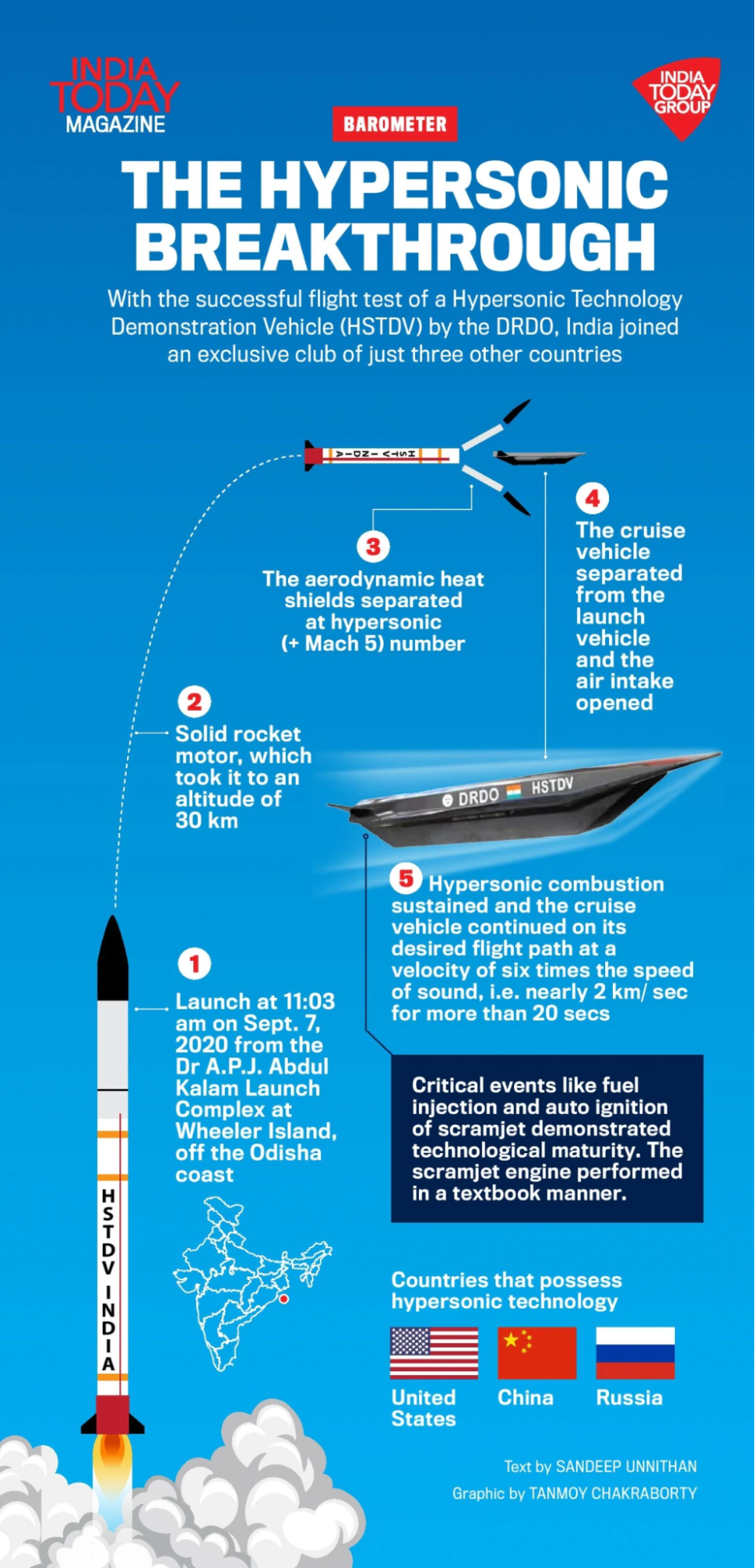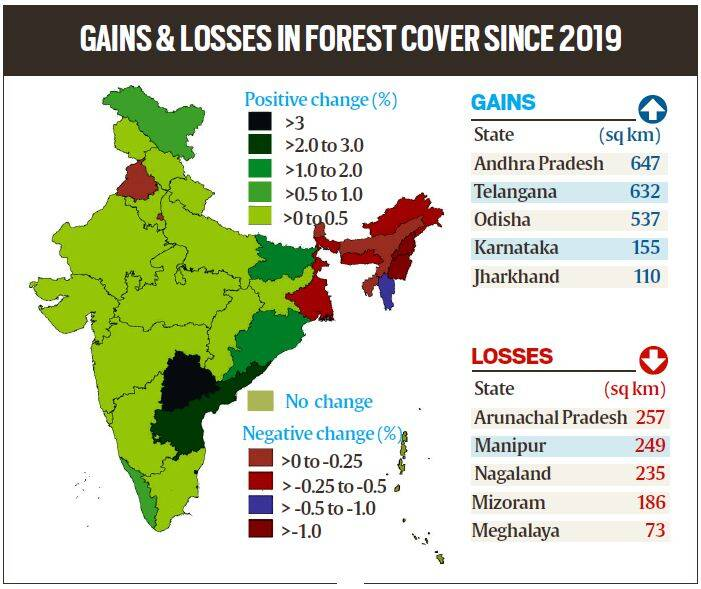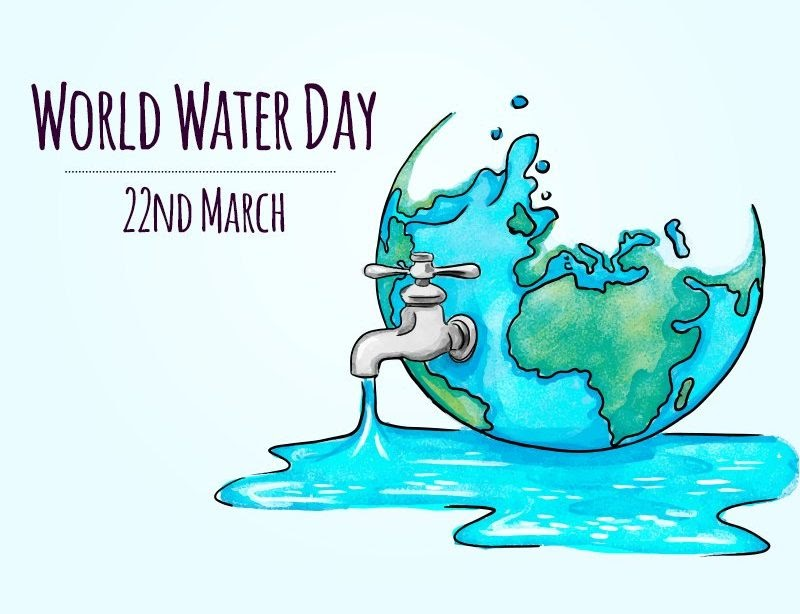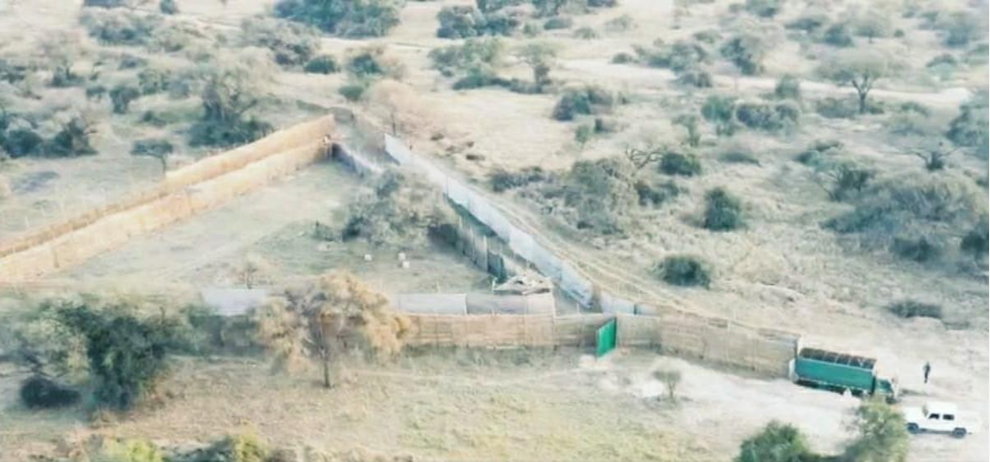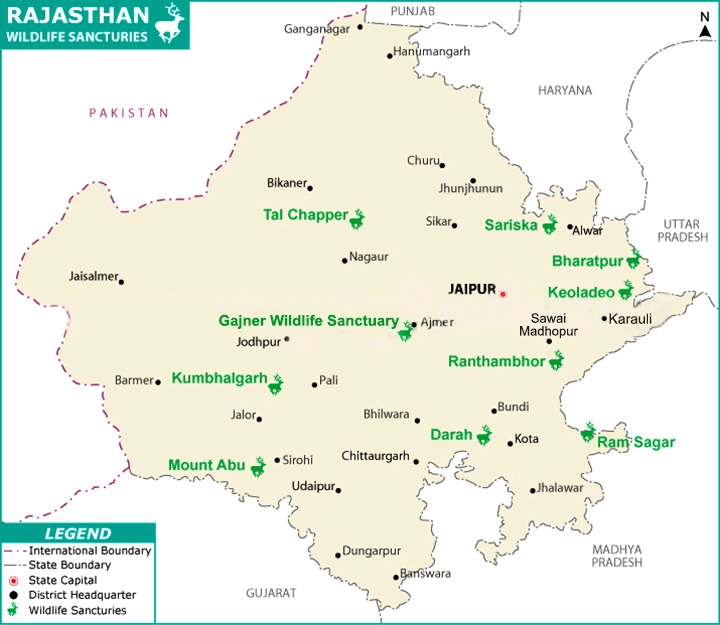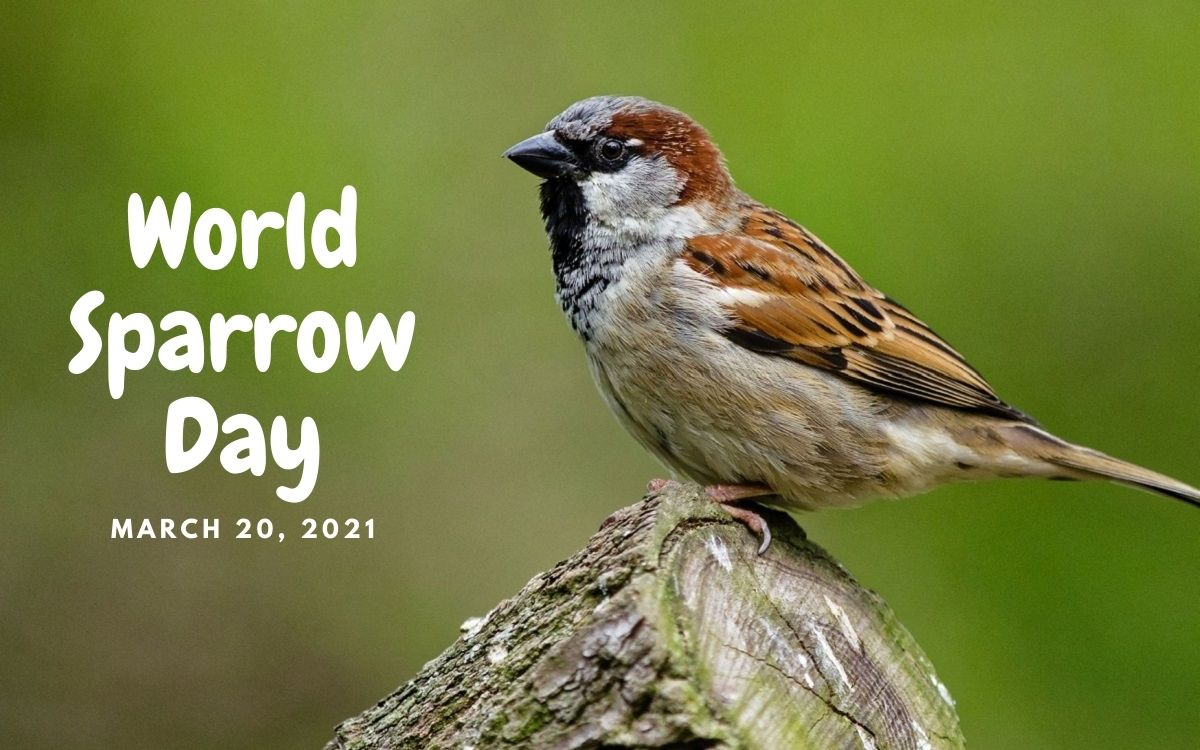Biodiversity & Environment
Mercury Pollution
For Prelims: Minamata Convention on Mercury, Mercury and its characteristics.
For Mains: Concerns related to Mercury Pollution, Environmental Pollution & Degradation.
Why in News?
Recently, Indonesia has introduced a global declaration that calls on parties to the Minamata Convention on Mercury to tackle illegal trade of mercury.
- The declaration was read in Nusa Dua, Bali, where Indonesia is hosting the fourth Conference of Parties (COP4) to the Minamata Convention on Mercury.
- The conference is being held from 21st to 25th March 2022.
What are the Objectives of the Declaration?
The non-binding declaration calls upon parties to:
- Develop practical tools and notification and information-sharing systems for monitoring and managing trade in mercury.
- Exchange experiences and practices relating to combating illegal trade in mercury, including reducing the use of mercury in artisanal and small-scale gold mining.
- Share examples of national legislation and data and information related to such trade.
What is the Minamata Convention on Mercury?
- The Minamata Convention on Mercury is a global treaty to protect human health and the environment from the adverse effects of mercury and its compounds.
- It was agreed at the fifth session of the Intergovernmental Negotiating Committee in Geneva, Switzerland 2013.
- Controlling the anthropogenic releases of mercury throughout its lifecycle is one of the key obligations under the Convention.
- The Convention also addresses interim storage of mercury and its disposal once it becomes waste, sites contaminated by mercury as well as health issues.
- The Convention covers all aspects of the life cycle of mercury, controlling and reducing mercury across a range of products, processes and industries. This includes controls on:
- mercury mining
- the manufacture and trade of mercury and products containing mercury
- disposal of mercury waste
- emissions of mercury from industrial facilities.
- Countries that have ratified the Convention are bound by international law to put these controls in place.
- India has ratified the Convention.
What do we know about Mercury?
- About:
- Mercury is a naturally occurring element that is found in air, water and soil.
- Exposure to mercury – even small amounts – may cause serious health problems, and is a threat to the development of the child in utero and early in life.
- Mercury may have toxic effects on the nervous, digestive and immune systems, and on lungs, kidneys, skin and eyes.
- Mercury is considered by the World Health Organisation (WHO) as one of the top ten chemicals or groups of chemicals of major public health concern.
- People are mainly exposed to methylmercury, (an organic compound) when they eat fish and shellfish and are more vulnerable to Minamata disease.
- Minamata Disease: A disorder caused by methylmercury poisoning that was first described in the inhabitants of Minamata Bay, Japan and resulted from their eating fish contaminated with mercury industrial waste.
- The disease is characterized by peripheral sensory loss, tremors, and both hearing and visual loss.
- Methylmercury is very different from ethylmercury. Ethylmercury is used as a preservative in some vaccines and does not pose a health risk.
- Minamata Disease: A disorder caused by methylmercury poisoning that was first described in the inhabitants of Minamata Bay, Japan and resulted from their eating fish contaminated with mercury industrial waste.
- Types of Sources:
- Natural sources: Volcanic eruptions and emissions from the ocean.
- Anthropogenic (human-caused) emissions: It includes mercury that is released from fuels or raw materials, or from uses in products or industrial processes.
- Globally, Artisanal and Small-Scale Gold Mining (ASGM): It is the largest source of anthropogenic mercury emissions (37.7%), followed by stationary combustion of coal (21%).
- Other large sources of emissions are non-ferrous metals production (15%) and cement production (11%).
- Globally, 10-20 million people work in the ASGM sector and many of them use mercury on a daily basis.
UPSC Civil Services Examination, Previous Year Questions (PYQs)
Q. Indiscriminate disposal of used fluorescent electric lamps causes mercury pollution in the environment. Why is mercury used in the manufacture of these lamps? (2010)
(a) A mercury coating on the inside of the lamp makes the light bright white
(b) When the lamp is switched on, the mercury in the lamp causes the emission of ultra-violet radiations
(c) When the lamp is switched on, it is the mercury which converts the ultra-violet energy into visible light
(d) None of the statement given above is correct about the use of mercury in the manufacture of fluorescent lamps
Ans: (b)
Science & Technology
Hypersonic Missiles
For Prelims: Hypersonic Weapons, Hypersonic Technology Demonstrator Vehicle programme.
For Mains: Advantages of Hypersonic Missiles over Ballistic Missiles.
Why in News
Recently, Russia used a hypersonic missile for the first time in the ongoing conflict with Ukraine.
What is a Hypersonic Missile?
- A hypersonic missile is a weapon system which flies at least at the speed of Mach 5 i.e. five times the speed of sound and is manoeuvrable.
- The manoeuvrability of the hypersonic missile is what sets it apart from a ballistic missile as the latter follows a set course or a ballistic trajectory.
- Thus, unlike ballistic missiles, hypersonic missiles do not follow a ballistic trajectory and can be manoeuvred to the intended target.
- The two types of hypersonic weapons systems are Hypersonic Glide Vehicles (HGV) and Hypersonic Cruise Missiles.
- The HGV are launched from a rocket before gliding to the intended target while the hypersonic cruise missile is powered by air breathing high speed engines or ‘scramjets’ after acquiring their target.
What are the advantages of hypersonic missiles?
- They can enable responsive, long range strike options against distant, defended or time critical threats (such as road mobile missiles) when other forces are unavailable, denied access or not preferred.
- Conventional hypersonic weapons use only kinetic energy i.e. energy derived from motion, to destroy unhardened targets or even underground facilities.
Are hypersonic missiles detectable in flight?
- Hypersonic weapons can challenge detection and defence due to their speed, manoeuvrability and low altitude of flight.
- The Ground based radars or terrestrial radars cannot detect hypersonic missiles until late in the flight of the weapon.
- This delayed detection makes it difficult for the responders to the missile attack to assess their options and to attempt to intercept the missile.
Which countries possess hypersonic weapons?
- While the US, Russia and China are in advanced stages of hypersonic missile programmes, India, France, Germany, Japan and Australia too are developing hypersonic weapons.
What is the Indian Hypersonic Missile Programme?
- India is also developing an indigenous, dual capable (conventional as well as nuclear) hypersonic cruise missile as part of its Hypersonic Technology Demonstrator Vehicle Programme and has successfully tested a Mach 6 scramjet in June 2019 and September 2020.
- India operates approximately 12 hypersonic wind tunnels and is capable of testing speeds upto Mach 13.
Indian Economy
Wings India 2022
For Prelims: WINGS INDIA 2022, Airports Authority of India (AAI) and Federation of Indian Chambers of Commerce and Industry (FICCI).
For Mains: Growth & Development, Infrastructure, Indian Aviation Market.
Why in the News?
The Ministry of Civil Aviation, Airports Authority of India (AAI) and Federation of Indian Chambers of Commerce and Industry (FICCI) is jointly organising Wings India 2022 from 24th – 27th March 2022, Begumpet Airport, Hyderabad, India.
- It is Asia's largest event on Civil Aviation (Commercial, General and Business Aviation).
What is the Objective of Wings India 2022?
- It is in synergy with India’s commitment to transform the country into World’s top aviation hub.
- It seeks to provide a congenial forum catering to the rapidly changing dynamics of the sector, focusing on new business acquisition, investments, policy formation and regional connectivity.
- It will provide a much-desired fillip to the aviation and restructured focused forums shall be instrumental in attaining the objective of connecting the Buyers, Sellers, Investors, and other stakeholders at a common vantage forum 'Wings India 2022'.
What are highlights of the Indian Civil Aviation Market?
- Aviation Sector: India's Civil Aviation is among the fastest-growing aviation markets globally and will be a major growth engine to make India a USD 5 trillion economy by 2024.
- Passenger Traffic: 3rd largest aviation market by domestic air passenger traffic which stood at 274.05 million in FY20. It grew at a Compound Annual Growth Rate (CAGR) of 12.91% during FY16-FY20.
- Airports: 75 airports opened in 75 years of Civil Aviation in India while under the aegis of Ude Desh Ka Aam Naagrik (UDAN), within a span of 3 years, work has been initiated to provide scheduled connectivity to 76 unserved / 20 underserved airports, 31 heliports and 10 water aerodromes.
- Fleet Strength: 713 aircraft of scheduled Indian carriers operating year around; private scheduled airlines plan to add over 900 aircrafts in the next 5 years.
- Commitment to Greener Airspace: Comprehensive regulatory policies and strategies adopted to reduce aviation carbon footprints.
- Ensuring Hassle-free Travel: Incorporated systematic approaches to redress passenger grievances, and improve operational efficiencies across the system.
What are Opportunities Under Indian Aviation Market?
- FDI: 100% Foreign Direct Investment (FDI) allowed under Automatic route for Ground Handling Services and Maintenance Repair and Overhaul Services (MRO) and for both green and brownfield projects.
- Scope of Growth: The Indian civil Aviation MRO market, at present, stands at around USD 900 million and is anticipated to grow to USD 4.33 billion by 2025 increasing at a CAGR of about 14-15%.
- The nation's airplane fleet is projected to quadruple in size to approximately 2500 airplanes by 2038.
- Connecting New Airports: The government aims to develop 100 airports by 2024 (under the UDAN Scheme) and create world-class civil aviation infrastructure to be at par with global standards.
What is UDAN (Ude Desh Ka Aam Naagrik) Scheme?
- It is the world's first Regional Connectivity Scheme to Connect un-served & Under-served airports at affordable prices contributing to boost regional tourism and economic growth of the country.
- With commencing of the desired operations, the Indian aviation sector will boom without accounting for the spillover traffic on commercial routes operating in the tier-1 and tier-2 cities.
- The UDAN scheme has been developed over the years by the government to support the economy.
- UDAN 2.0 focused on priority areas and helicopter operations.
- UDAN 3.0 is based on Inclusion of seaplane routes.
- UDAN 4.0 to further enhance the connectivity to remote & regional areas of the country.
- With the advent of COVID-19, Lifeline UDAN was conceptualised to aid India in its fight against the pandemic.
- The scheme is benefiting the economy as a whole and promoting national integration.
What is the Airports Authority of India?
- Airports Authority of India (AAI) was constituted by an Act of Parliament and came into being on 1st April 1995 by merging erstwhile National Airports Authority and International Airports Authority of India.
- The merger brought into existence a single Organisation entrusted with the responsibility of creating, upgrading, maintaining and managing civil aviation infrastructure both on the ground and air space in the country.
What is the Federation of Indian Chambers of Commerce and Industry?
- FICCI is the largest & oldest apex organisation of Indian business & industry is the rallying point for free enterprises in India. It was established in 1927.
- With a nationwide membership of over 1500 corporates and over 500 chambers of commerce and business associations, FICCI speaks directly and indirectly for over 2,50,000 business units.
- FICCI organises a large number of events including Exhibitions, Conferences, Seminars, Business meets etc. for promoting business.
Biodiversity & Environment
International Day of Forests
For Prelims: International Day of Forests, World Water Day, United Nations, Food and Agriculture Organisation, India’s State of Forest Report.
For Mains: Conservation, Issues Relating to Development, Forest Resources, State of India’s Forest and Related Initiatives.
Why in News?
Every year 21st March is celebrated as the International Day of Forests (IDF) by the United Nations (UN).
- It has to be noted that just a day after i:e 22nd March is celebrated as the World Water Day by the UN.
What is International Day of Forests?
- The UN proclaimed 21st March as the IDF in 2012 to celebrate and raise awareness of the importance of all types of forests.
- Countries are encouraged to undertake local, national and international efforts to organise activities involving forests and trees, such as tree planting campaigns.
- The organisers are the UN Forum on Forests and the Food and Agriculture Organisation (FAO) of the UN, in collaboration with Governments, the Collaborative Partnership on Forests and other relevant organisations in the field.
- The theme for 2022 is ‘Forests and sustainable production and consumption’.
What is the Significance of Forests?
- Forests cover one-third of the land surface on Earth and provide various environmental benefits, including their primary role in maintaining the balance of the hydrological cycle, contributing to climate regulation, and preserving biodiversity.
- Apart from the ecological perspective, studies from an economic perspective conclude that forest resources can contribute to a nation’s economic growth and maintaining forest cover is essential for various agricultural and forestry-related activities.
- Forests provide more than 86 million green jobs while supporting the livelihoods of many people.
- Everyone on the planet has had some form of contact with forests. This includes communities that directly rely on these ecosystems for their lives and livelihoods or communities which rely on the products obtained from these forests.
- Forest sustainable management and resource use are critical to preventing climate change and contributing to present and future generations' prosperity and well-being. Forests are also important for poverty alleviation.
- Despite these priceless environmental, economic, social, and health benefits, global deforestation continues at an alarming rate.
- The FAO has estimated that 10 million hectares were cleared each year globally between 2015 and 2020. Closer home, India lost 132kha of natural forest in 2020 alone, according to the Global Forest Watch, a worldwide platform that monitors forests and changing patterns.
- According to another study, Amazon Forests have started emitting Carbon dioxide (CO2) instead of absorbing it.
What is the State of Forests in India?
- The country has 3,07,120 square kilometres of forest in the open category, which increased by 4,203 sq km in the last two years (2019-21), according to India’s State of Forest Report 2021.
- Add scrub land (46,539 sq km) to this and the total becomes 3,53,659 sq km, constituting 10.76% of degraded forest and scrub land in India. If we consider only forest area, it is 43.03%.
- The report showed a continuing increase in forest cover across the country, but experts flagged some of its other aspects as causes for concern, such as a decline in forest cover in the Northeast, and a degradation of natural forests.
What are the Major Government Initiatives for Forests?
- National Mission for a Green India:
- It is one of the eight Missions under the National Action Plan on Climate Change (NAPCC).
- It was launched in February, 2014 with the objective to safeguard the biological resources of our nation and associated livelihoods against the peril of adverse climate change and to recognise the vital impact of forestry on ecological sustainability, biodiversity conservation and food-, water- and livelihood-security.
- National Afforestation Programme (NAP):
- It has been implemented since 2000 for the afforestation of degraded forest lands.
- It is being implemented by the Ministry of Environment, Forest and Climate Change (MoEFCC).
- Compensatory Afforestation Fund Management and Planning Authority, (CAMPA Funds):
- Launched in 2016, 90% of the fund is to be given to the states while 10% is to be retained by the Centre.
- The funds can be used for treatment of catchment areas, assisted natural generation, forest management, wildlife protection and management, relocation of villages from protected areas, managing human-wildlife conflicts, training and awareness generation, supply of wood saving devices and allied activities.
- National Action Programme to Combat Desertification:
- It was prepared in 2001 to address issues of increasing desertification and to take appropriate actions.
- It is implemented by the MoEFCC.
- Forest Fire Prevention & Management Scheme (FFPM):
- It is the only centrally funded program specifically dedicated to assist the states in dealing with forest fires.
UPSC Civil Services Examination, Previous Year Questions (PYQs)
Q. Consider the following States: (2019)
- Chhattisgarh
- Madhya Pradesh
- Maharashtra
- Odisha
With reference to the States mentioned above, in terms of percentage of forest cover to the total area of State, which one of the following is the correct ascending order?
(a) 2-3-1-4
(b) 2-3-4-1
(c) 3-2-4-1
(d) 3-2-1-4
Ans: (c)
Biodiversity & Environment
World Water Day 2022
For Prelims: World Water Day, Sustainable Development Goals.
For Mains: Conservation,Significance of World Water Day.
Why in News?
World Water Day is celebrated on 22nd March Every Year to highlight the importance of water.
- On the Occasion of the World Water Day UN (united Nations) University’s Canadian-based Institute for Water Environment and Health (UNU-INWEH) has published an assessment report, showing the levels of water security in Africa overall are unacceptably low.
- The World Water Day 2022 theme sets the focus for the annual World Water Development Report.
What is World Water Day?
- Aim: The Day aims to support the achievement of Sustainable Development Goal 6: water and sanitation for all by 2030.
- Theme: Groundwater: making the invisible visible.
- The theme was decided by UN-water at its 30th meeting in Rome. It was proposed by the International Groundwater Resources Assessment Centre (IGRAC).
- History:
- The idea for this international day goes back to 1992, the year in which the UN Conference on Environment and Development in Rio de Janeiro took place.
- That same year, the United Nations General Assembly adopted a resolution by which 22nd March of each year was declared World Day for Water, to be observed starting in 1993.
- Later on, other celebrations and events were added. For instance, the International Year of Cooperation in the Water Sphere 2013, and the current International Decade for Action on Water for Sustainable Development, 2018-2028.
- Significance:
- The day's intention is to inspire people around the world to learn more about water-related issues and to take action to make a difference.
- While water covers almost 70% of the planet, freshwater only amounts to about 3% of it, out of which two-thirds is frozen or inaccessible and unavailable for use.
- These observances serve to reaffirm that water and sanitation measures are key to poverty reduction, economic growth, and environmental sustainability.
- The day's intention is to inspire people around the world to learn more about water-related issues and to take action to make a difference.
- Other Important Days :
- 22 March: World Water Day
- 22 April: Earth Day
- 22 May: World Biodiversity Day
What does the UN World Water Development Report 2022 say?
- Groundwater, which accounts for 99% of all liquid freshwater, has the potential to provide societies with tremendous social, economic and environmental benefits and opportunities.
- The groundwater already provides almost half of the total water used for domestic purposes including drinking water. The water resource has though been mismanaged, undervalued and abused.
- The report describes groundwater to be central to the fight against poverty and achieving food and water security and even the creation of jobs and socio-economic development.
- The Asia-Pacific region is the largest groundwater abstractor in the world, containing seven out of the ten countries that extract most groundwater (Bangladesh, China, India, Indonesia, Iran, Pakistan and Turkey).
- These countries alone account for roughly 60% of the world’s total groundwater withdrawal.
- The present dependence on groundwater will only increase due to increasing water demand by all sectors and increasing disruption in rainfall patterns.
- The report states that it all starts with making the invisible visible and the action would require strong and concerted efforts to manage and use it sustainably.
UPSC Civil Service Examination, Previous Year Questions (PYQs)
Q. On the planet earth, most of the freshwater exists as ice caps and glaciers. Out of the remaining freshwater, the largest proportion (2013)
(a) is found in atmosphere as moisture and clouds
(b) is found in freshwater lakes and rivers
(c) exists as groundwater
(d) exists as soil moisture
Ans: (c)
Important Facts For Prelims
Africa’s Boma Technique
Why in News?
Recently, Africa’s Boma technique was undertaken at Keoladeo National Park in Rajasthan’s Bharatpur district.
- It was undertaken for capturing chitals or spotted deer and translocating them to Mukundara Hills Tiger Reserve, so as to improve the prey base.
- The IUCN Red List Status of Chital is Least Concern.
What is Boma capturing Technique?
- The Boma capturing technique is popular in Africa.
- It involves luring animals into an enclosure by chasing them through a funnel-like fencing.
- The funnel tapers into an animal selection-cum-loading chute, supported with grass mats and green net to make it opaque for animals, which are herded into a large vehicle for their transport to another location.
- This old technique was earlier utilised to capture wild elephants for training and service.
- This shifting exercise has been approved by National Tiger Conservation Authority’s (NTCA).
- The translocation of herbivores would reduce preying upon rural cattle, sheep and goats around the tiger reserves.
What are Key Points Related to Keoladeo National Park?
- Keoladeo National Park is formerly known as the Bharatpur Bird Sanctuary.
- It is located in the State of Rajasthan.
- It is an UNESCO World Heritage and a Ramsar site.
- Breeding Ground: Different species from far-flung areas of northern hemisphere visit the Sanctuary for breeding. The Siberian crane is one of the rare species that can be spotted here.
- Fauna: Animals such as Jackals, Sambar, Nilgai, wild cats, hyenas, wild boar, porcupine and mongoose can be found in the region.
- Flora: The principal vegetation types are tropical dry deciduous forest dominated by Acacia nilotica intermixed with dry grassland.
- River: Gambhir and Banganga are two rivers that flow through this National Park.
What are Protected Areas in Rajasthan?
- Tiger Reserves:
- Ranthambore Tiger Reserve (RTR) in Sawai Madhopur
- Sariska Tiger Reserve (STR) in Alwar
- Mukundra Hills Tiger Reserve (MHTR) in Kota
- National Park:
- Desert National Park, Jaisalmer
- Keoladeo National Park, Bharatpur
- Wildlife Sanctuary:
- Sajjangarh wildlife sanctuary, Udaipur
- National Chambal Sanctuary (on tri-junction of Rajasthan, Madhya Pradesh and Uttar Pradesh).
UPSC Civil Services Examination, Previous Year Questions (PYQs)
Q. Consider the following pairs: (2014)
| Wetlands | Confluence of Rivers | ||
| 1. | Harike Wetlands | : | Confluence of Beas and Satluj/Sutlej |
| 2. | Keoladeo Ghana | : | Confluence of Banas National Park and Chambal |
| 3. | Kolleru Lake | : | Confluence of Musi and Krishna |
Which of the above pairs is/are correctly matched?
(a) 1 only
(b) 2 and 3 only
(c) 1 and 3 only
(d) 1, 2 and 3
Ans: (a)
Important Facts For Prelims
INS Shivaji
Why in News?
Recently, the Ministry of Skill Development and Entrepreneurship (MSDE) has recognised INS Shivaji as the Centre of Excellence (CoE) in the field of Marine Engineering.
- MSDE's designation of INS Shivaji as a Centre of Excellence is the first of its kind for any military organisation, and it reflects the INS Shivaji's continued commitment to skill and technology development.
What is INS Shivaji?
- INS Shivaji is an Indian Naval Station in Lonavala, Maharashtra.
- It houses the Naval College of Engineering, which educates and trains Indian Navy and Coast Guard officials.
- It has three premier training entities, namely Centre of Marine Engineering and Technology (CMET), Centre of Excellence in Marine Engineering and School of Basic Sciences
- The Nuclear Biological Chemical Defence School, which trains naval personnel on all aspects of NBCD, is also located in the station.
- The naval Station was commissioned as HMIS (His Majesty's Indian Ship) Shivaji in February, 1945.
- INS Shivaji's Centre of Excellence (Marine Engineering) was established in 2014 with a broad mandate that included the induction of niche technologies for naval applications, quality research in collaboration with R&D (Research and Development) and academic institutes of high reputation.
- The larger goal here is to improve the skills of the personnel across the Indian Navy, Friendly Foreign Navies, and the entire ecosystem.
What is the Centre of Excellence (CoE)?
- CoE is a body that provides leadership, best practices, research, support, training of trainers and skill training for a specific sector/s.
- The literal meaning of a Centre of Excellence is – ‘A place where the highest standards are maintained’.
- As per the National Policy for Skill Development & Entrepreneurship, 2015, it was decided that National Skills Universities and Institutes will be promoted in partnership with States as centres of excellence for skill development and training of trainers.
- The Centre of Excellence in the skilling ecosystem is envisioned as a one-stop resource centre established/working in partnership with industry to raise training standards, boost productivity, address emerging skill gaps, and align training and research with industry needs.
- With the intent to overcome skill demand-supply mismatch, to have continuous supply of skilled workforce and disseminate best practices, “Centre of Excellence” is proposed to be recognized by the Ministry of Skill Development & Entrepreneurship (MSDE).
- The initiative will encourage such bodies already engaged in research and development activities in the skilling domain and allied fields to work on key emerging areas where there is knowledge deficit or skill gap, so as to set up Centres of Excellence.
What are some Major Initiatives of MSDE?
UPSC Civil Services Examination, Previous Year Questions (PYQs)
Q. To obtain full benefits of demographic dividend, what should India do? (2013)
(a) Promoting skill development
(b) Introducing more social security schemes
(c) Reducing infant mortality rate
(d) Privatization of higher education
Ans: (a)
Important Facts For Prelims
World Sparrow Day
Why in News?
Every year on 20th March, World Sparrow Day is observed to raise awareness and protect the house sparrows.
What are the Key Highlights of the World Sparrow Day?
- About:
- The Nature Forever Society of India and the Eco-Sys Action Foundation of France came up with the idea for World Sparrow Day.
- The idea was to dedicate a day for the house sparrow in order to spread the word about its protection.
- The first World Sparrow Day was organised in 2010.
- Theme for 2022:
- I love sparrows.
- Significance:
- The day is observed to raise awareness on the plight of the sparrow, which is on the verge of extinction.
- House sparrows were a common sight in our backyards, and they were easy to see. However, due to the loss of nature and biodiversity in recent years, spotting house sparrows in the city has become more difficult.
- The idea is also to use it as a platform to emphasise the importance of sparrow conservation and urban biodiversity.
- The day is observed to raise awareness on the plight of the sparrow, which is on the verge of extinction.
- Most Common and Widespread Species:
- The humble house sparrow is one of the world’s most common and widespread species.
- Apart from the house sparrow, there are other twenty-six distinct species of Sparrow.
- All these species are spread across three continents namely Asia, Africa and Europe.
- Reasons for the Decline:
- Increasing pollution, urbanisation, global warming and vanishing ecological resources.
What are the Characteristics of the Sparrows?
- The House Sparrow (Passer domesticus) is perhaps the most widespread, commonly seen wild bird in the world.
- It has been transported all over the world by European settlers and can now be found on two-thirds of the landmasses of the world including New Zealand, Australia, North America, India and Europe.
- It is only absent from areas like China, Indochina, Japan and areas of Siberia and Australia to east and tropical Africa.

